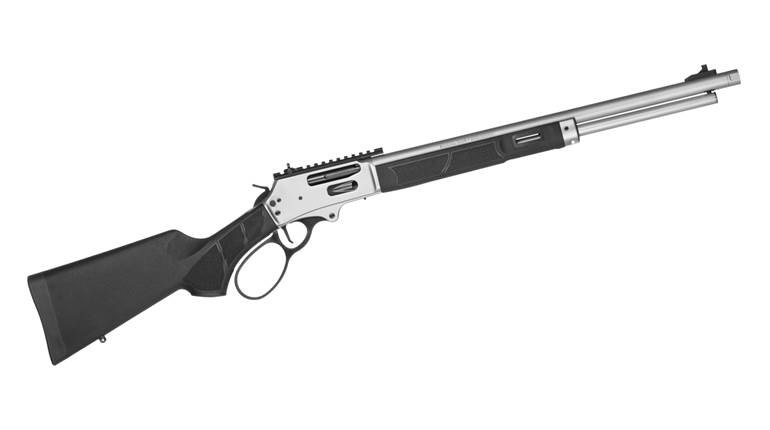
The methodology of determining the Model designation for U.S. military equipment was easy until the late 1920s. Prior to that time, the year in which an arm was adopted was the Model designation.
For example, the Model 1903 rifle was adopted in calendar year 1903, the Colt M1911 .45 pistol in calendar year 1911 and so forth. Among the last U.S. military arms with the year of adoption as the Model designation was the Model 1928 Thompson submachine gun.
In the late 1920s, the procedure was changed, and the Model designation was changed to M (for Model). The first service rifle adopted after the change in nomenclature was the “U.S. Rifle, Caliber .30 M1.” The first carbine adopted after the change was the M1 Carbine.
The situation becomes really cloudy when subsequent arms were adopted. For example, the next standardized service rifle after the M1 was the M14. The presumed reason for skipping from the M1 to M14 was because there were 12 rifles considered for adoption before the M14 was standardized in 1957. There was also an experimental M15 rifle, which was followed by the standardized M16.
Substantive changes to a basic model were designated by “Alteration” codes consisting of an A (followed by a number). For example, the M1911 was followed by the updated M1911A1 pistol. The second version of the M1 carbine was the M1A1. The second variation of the M16 rifle was the M16A2, and the third variant was the M16A3.






















![Winchester Comm[94]](/media/1mleusmd/winchester-comm-94.jpg?anchor=center&mode=crop&width=770&height=430&rnd=134090756537800000&quality=60)
![Winchester Comm[94]](/media/1mleusmd/winchester-comm-94.jpg?anchor=center&mode=crop&width=150&height=150&rnd=134090756537800000&quality=60)












